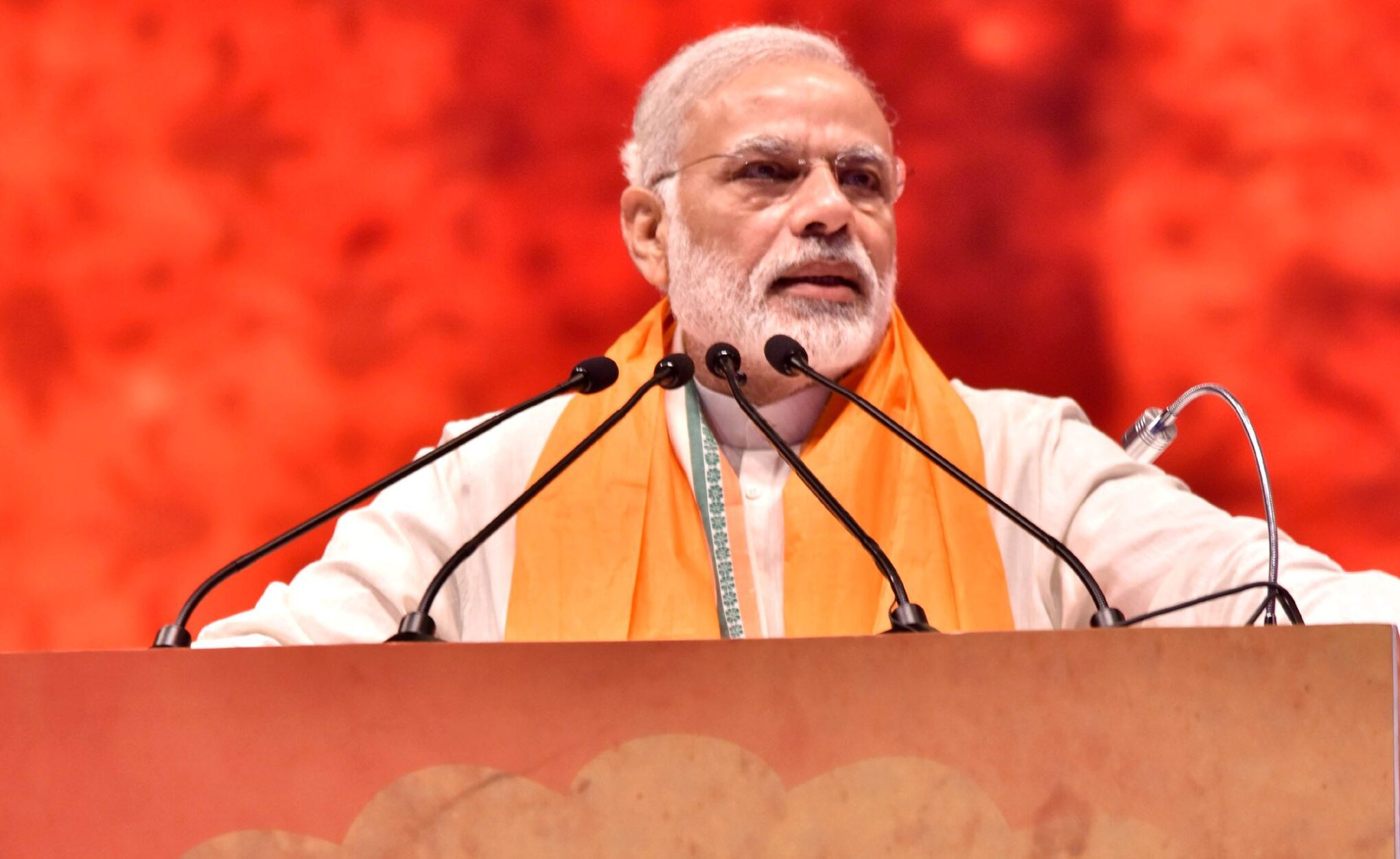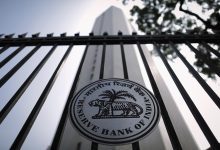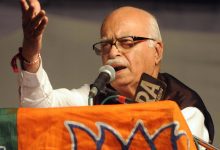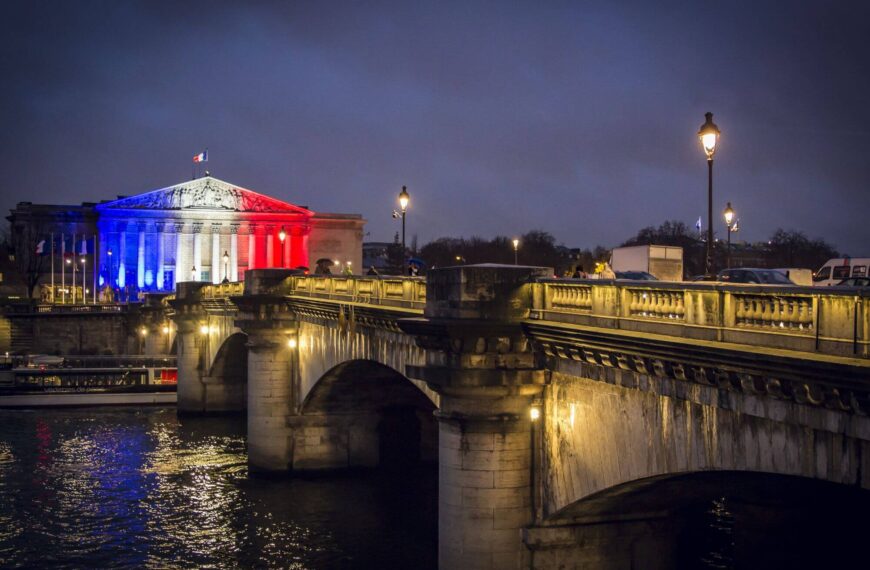The one nation concept, as the Prime Minister would have it, embodies one law, one tax, one religion, one culture, one language, etc. Federalism, as understood at present and constitutionally delineated, would be gradually on the way out. We see already a beginning in the carefully defined Terms of Reference of the 15th Finance Commission, which have agitated states in the South. Here’s an analysis, for Different Truths.
Apparently, the Bharatiya Janata Party, in command and control of the Centre and most of the states. It has been working on ideas of reaching out to the panchayats, rural and urban, as well, with a single electoral roll enabling simultaneous elections at all levels – panchayats to Parliament. That would facilitate BJP under its supreme leader Prime Minister Narendra Modi, currently on power grab everywhere, moving closer to its coveted ‘one nation’ goal (Hindu Rashtra).
Were these ideas, being mulled over in the Law and Election Commissions on references from the Modi government, to fructify and BJP makes headway into the near future, well beyond 2019, India can earn the dubious distinction of becoming a ‘party-less democracy’. All this may sound melodramatic at present the way the post-poll developments in Karnataka are playing out. But there is no mistaking that the country has headed into an ideological battle raising the stakes for inclusive democracy and the Constitution itself in the approaching Lok Sabha election, which could be advanced ahead of May 2019.
The one nation concept, as the Prime Minister would have it, embodies one law, one tax, one religion, one culture, one language, etc. Federalism, as understood at present and Constitutionally delineated, would be gradually on the way out. We see already a beginning in the carefully defined Terms of Reference of the 15th Finance Commission, which have agitated states in the South.
Not merely the reference year for population (2011), the entire framework for 15th FC is designed to fiscally strengthen the Centre at the cost of States. The Modi Government wants to beef up its finances for its, as of now, hidden plans of “development” with at least a partial undoing of the impact of the 42 percent devolution of Centre’s tax revenues to States awarded by the 14th Finance Commission (2015-20).
In all the first four years, we have heard little from the Prime Minister on what he means by “development” mainly used as a virtuous election slogan of BJP as against “corruption” all opposition parties are charged with, and with unlimited hatred for the Congress. If development had been taking place in this period, neither economic growth nor the jobs promised and generated have been flaunted.
Also, the Prime Minister’s “New India” concept is smuggled into the terms of reference by calling on 15th FC to take into account “the imperative of the national development programme including New India – 2022”. What is this “New India”? Are States involved in any consultations about the “New India”? Do their aspirations count in drawing up any new medium or long-term development plan?
The Modi government has made no secret of where it is driving the nation, emboldened by the series of electoral gains over the last four years since its ascent to power. All key institutions under the Constitution have been sought to be rendered malleable through the exercise of majoritarian power and placement of faithful to push through skewed policies or politically retributive moves.
One of the earliest actions of the BJP government as soon as it came to office was the appointment of new Governors in States and all of them were associated with Hindutva politics. While the Congress governments in the past were no exception in favouring senior partymen to adorn Raj Bhavans, BJP has been dexterously using the instrumentality of its chosen Governors to promote the ruling party’s power reach. And they have risen to such occasions such as when the Governor is required to make his decision on whom to swear in as Chief Minister when there is no single party with a majority of seats in the legislature.
Ironically in some states, the BJP-led parties lacking the numbers had been hurriedly sworn in by the Governors in place. It was,therefore, predictable that Karnataka Governor Vajubhai Vala, an RSS veteran and BJP Minister over decades, (who once vacated his Rajkot seat in favour of Narendra Modi) would give the first opportunity to the BJP as the largest party (104 seats) even if lacking the majority by 8 seats in the newly-elected 224-member Karnataka Assembly.
Accordingly, B Yeddyurappa was promptly sworn in by the Governor on May 17, and given a full 15 days to rustle the numbers to prove his majority. Vala ignored the Congress-JD(S) claim of the majority with a strength of 115 MLAs and readiness to parade them before the Governor. The Congress-JD(S) alliance had to seek the Supreme Court’s urgent intervention to stem the rot. The Apex Court promptly directed the holding of a floor test at 4 PM on May 19 and finally, Yeddyurappa resigned without going for the floor test.
The Karnataka experience for BJP may perhaps goad Modi and BJP President Amit Shah to go for advancing the Lok Sabha elections along with the BJP-ruled states of Rajasthan, Madhya Pradesh, and Chhattisgarh. This is because of most opposition parties beginning to line themselves up confidently to pose a combined challenge to BJP.
The coming weeks are likely to see the Modi government coming out with more baits for the voters such as universal social security and an improved version of the National Health Programme (Ayush) announced in the 2018-19 Budget in February last without providing for the financing of a country-wide programme. The Government has to announce the Minimum Support prices but farmers in distress would look more for a total waiver of debts financed by the Centre. But the current fiscal year is turning out to be more challenging than had been envisaged with the ongoing rise in oil prices to above 80 dollars a barrel and adding to the surge in consumer price inflation (both food and fuel). On the external front, the economy has begun to experience outward flows of capital as global interest rates have hardened and a widening trade deficit has begun to put pressure on payments.
S. Sethuraman
©IPA Service
Photo from the Internet





 By
By

